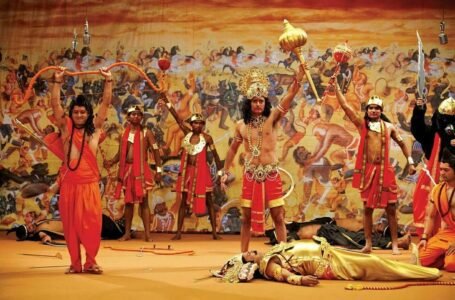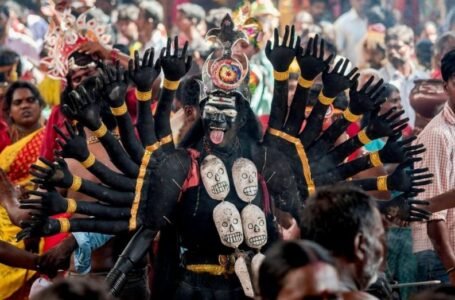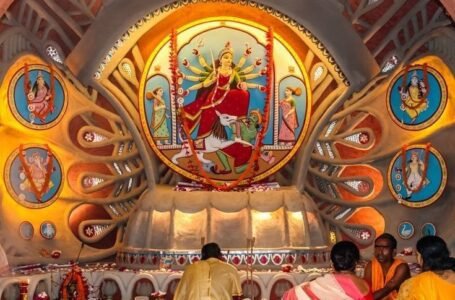A Roaring Legacy: The Tale Behind Tipu Sultan’s Tiger Themed Throne

A Roaring Legacy: The Tale Behind Tipu Sultan’s Tiger Themed Throne.
Sultan Fateh Ali Sahab Tipu, or the infamous Tipu Sultan had once ruled the kingdom of Mysore, a city in Karnataka. His rule started from the year 1782, after the death of his father Hyder Ali. He is often praised for his heroic resistance of British expansion in India and for the same reason he was also referred to as the “Tiger of Mysore” which is why his throne, called as “THE TIGER THRONE OF MYSORE” serves as both, a throne for the ruler and a statement of defiance against British imperialism.

The name itself captures the essence of sultan’s rule, his military intelligence and his unwavering stance against colonial powers. He fought a series of wars against the British east India company, one of them was the famous Anglo-Mysore war. His efforts to unite the Indian states against the British were also applauded and made him a symbol of anti-colonial struggle in Indian history. He even recognized these outsiders as a threat and forged alliances with other states to create a united front, these efforts aimed at consolidating Indian resistance against British imperialism. He even signed treaties with Marathas and the French to strengthen the Anti-British colonialism.
Along with various other things, Tipu Sultan was also known for his interest in art, patronage of various crafts which includes metalwork and textiles which can be seen in the intricate design of The Tiger Throne, originated in the kingdom of Mysore during the late 18th century. This majestic throne was crafted to reflect its ruler’s identity and his defiance against his enemies. In the year 1783-84, Sultan wanted to follow the Mughals and hence he sent letters to the Caliph hoping that they would grant him the title of Padshah, great king or emperor. He then moved forward and consulted his amirs, and with the help of his state’s wealth became a monarch. In due course he commissioned for a magnanimous throne which was shaped as a tiger and decorated with precious stones and gems.

The making of this throne was completed by the year 1793, just as the sultan had hoped for. It is a unique blend of artistic expressions and political symbolism which displays the complex interplay of art and politics in the 18th century kingdom of Mysore. First and foremost, the most distinctive feature of this throne is the magnificent wooden tiger which is presented in the act of attacking a European figure that can be interpreted as representing a british soldier. It was designed in the shape of an octagon on which Arabic verses were written from Quran. It was covered with the purest gold and had tiger stripes all over it. Rock crystal was used in the making of tiger’s eyes and teeth and his open mouth indicated that the tiger was roaring. There is an octagonal pavilion that is 1.2 meter above the ground and to support it there is an 8 tiger-legged structure which is again enclosed by a railing which is decorated by small tiger heads. To access the throne there were silver steps provided. Apart from this there is an umbrella like canopy, and it is made up of light color wood adorned with a thin sheet of gold.

This beautiful piece is glorified by adding fringes of pearl and the threads of gold. Just opposite the larger tiger head there is an iron pillar standing at the height of 7 feet which rises from the center of the back part, and is used to upheld the canopy. On the top of the canopy there is a Huma or a bird of paradise placed majestically. It is crafted with the purest gold and bedazzled with gemstones which shimmers like stars against the backdrop. Imagine the beak of this bird, showcasing a grand emerald a its center piece while other small emeralds gracefully dangle. The eyes of the bird are nothing but pure bliss, gleaming carbuncles that seem to hold the secret of ancient galaxies. As we move downwards, the bird’s breast is a treasure trove of diamonds and interestingly they resemble a celestial constellation.
Next, the wings, they are gracefully spread in a hovering position and the back of it is a symphony of large jewels arranged in a fanciful and almost out of the world pattern, here each gem has a story of its own. Lastly the tail, this majestic tail is a reminiscent of a peacock’s splendor beautifully decorated with pearls and stones. Hence, the Huma is an embodiment of divinity and truly a wonder that crowns the throne.

There are several reasons why Tipu Sultan associated himself with Tiger, they are powerful and courageous known for their strength and by adopting them as a symbol he sought to convey his brave nature. He even integrated this symbol into various aspects of his rule, which includes his throne, regalia and military banners which can also be seen as a strategic move as the image of tiger instills fear in the heart of their enemies and boost the morale of his own forces.
By aligning himself with the animal, Tipu Sultan may have invoked a sense of divine favor and protection of his kingdom as in some Indian culture tiger is considered as a symbol of divine power. The Tiger of Mysore’s legacy and connection to these symbols continued to be studied and appreciated in historical context. The throne then became a tangible representation of his resistance to cultural subjugation by external forces.

Hence, as a reaction to this, the British hunted tigers as a symbol of defeating rulers like Tipu Sultan. In the year 1799, the fourth Anglo-Mysore war took place and the British Srirangapatnam [Capital of Tipu’s kingdom]. In the war, he was defeated and the Britishers looted his looted his palace and his city. All his valuable treasures and precious items were distributed as prizes and along with that the magnificent gold throne was dismantled. Sadly, the fragments of his throne were sent to London for the King and the directors of East India Company. The future duke of wellington, Arthur Wellesley played a crucial role in establishing stability in the kingdom. They even took his mechanical tiger, although it was not monetarily valuable it possessed a unique quality which distinguished it from the others. The dismantled part of the throne included the Huma bird and the large gold tiger head from the base, these parts are currently kept in the British Royal Collection. It has now become a part of the collection of artifacts representing the conquest of Srirangapatnam.
These conquered valuables turned as a symbolic trophy for the British triumph the capital of Tipu Sultan’s kingdom. Currently the remains of Sultan’s throne is said to be placed in the halls of the grand Windsor Castle. According to some records it is said that Tipu Sultan had taken a vow that he will not sit on the throne unless he had taken away all the provinces that were with the Britishers that he had to give according to the treaty of Srirangapatnam.

The Tiger of Mysore, Tipu Sultan and his legacy connected with the symbolic imagery of tigers is a journey that includes a rich tapestry of history, politics and cultural symbolism. His identification with tigers was not only an embellishment but a strategic choice to showcase his resistance against the British East India Company. His throne that became a powerful political statement became the center of attraction for the foreign forces. Even his personal belongings which had tiger motifs in some way or another represented his military powers and also his commitment to preserve the cultural identity of Mysore.
Although some of his actions were questionable leading to diverse views on his reign because of his economic policies that included heavy taxation and confiscation of property or because of his aggressive military campaigns against neighboring state. While some consider him as a symbol of anti-colonial resistance leading to a diverse perspective of his legacy. His legacy is said to be encapsulated in the tiger throne and the mechanical tiger as well and which is said to be persisted through time and stereotypes. The collection from the spoils of the war is still exhibited as a rebellion tribute and showcases the broader implications of the conquest and dominance.

In conclusion, the tale of the tiger of Mysore and the symbols that are still associated with his name unfolds a subtle exploration of resistance, conquest and the enduring impacts of the cultural artifacts. More importantly, his throne and the infamous mechanical tiger still reminds people of the relics of his reign and also serves as a reminder of the complex interplay between power, identity and legacy that shape the understanding of history. His legacy also serves as an eye opener that history and its narratives are often layered and viewed through different lenses. As we look back in time, Tipu Sultan and his reign compel us to confront the notions of time and power.


